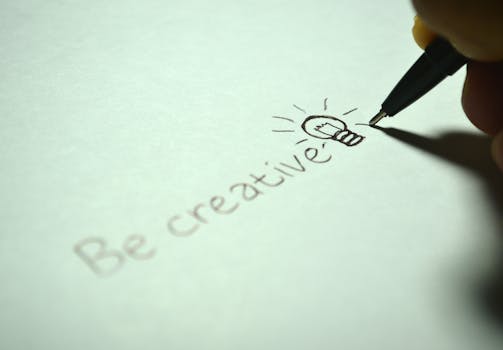Exercise Your Creativity by Writing Alternative Continuations for Classic Fairy Tales
Fairy tales have long been a staple of storytelling, enchanting audiences with their timeless themes of love, adventure, and moral lessons. However, what if we could take these beloved stories and give them a fresh twist? Writing alternative continuations for classic fairy tales not only exercises creativity but also allows for deeper exploration of characters and themes. This article delves into the benefits of this creative exercise, offers practical tips, and showcases examples to inspire your own storytelling journey.
The Benefits of Reimagining Fairy Tales
Engaging with classic fairy tales through alternative continuations can yield numerous benefits, both for writers and readers. Here are some key advantages:
- Enhanced Creativity: Reimagining familiar stories encourages out-of-the-box thinking and helps writers develop their unique voice.
- Character Development: Exploring alternative paths for characters allows for deeper understanding and growth, revealing new facets of their personalities.
- Critical Thinking: Writers must consider the implications of their changes, fostering analytical skills as they navigate plot twists and character arcs.
- Engagement with Themes: Alternative continuations can highlight contemporary issues, making classic tales relevant to modern audiences.
Practical Tips for Writing Alternative Fairy Tales
Ready to dive into the world of alternative fairy tales? Here are some practical tips to get you started:
- Choose Your Fairy Tale: Start with a classic that resonates with you. Popular choices include “Cinderella,” “Snow White,” and “Little Red Riding Hood.”
- Identify Key Elements: Consider the main characters, setting, and moral of the story. What aspects do you want to change or expand upon?
- Ask ‘What If?’: Pose questions that challenge the original narrative. For example, what if Cinderella never lost her glass slipper? What if the Big Bad Wolf had a change of heart?
- Explore Different Perspectives: Rewrite the story from the viewpoint of a secondary character. How would the tale change if told from the perspective of the stepmother or the huntsman?
- Incorporate Modern Themes: Infuse contemporary issues such as gender equality, environmentalism, or mental health into your narrative to resonate with today’s audience.
Examples of Alternative Fairy Tale Continuations
To inspire your writing, here are a few examples of alternative continuations that have gained popularity:
- “Queen of Snow” by Melissa de la Cruz: This novel reimagines the story of Snow White, focusing on the queen’s perspective and her struggles with jealousy and power.
- “A Court of Thorns and Roses” by Sarah J. Maas: This series takes inspiration from “Beauty and the Beast,” blending elements of romance and fantasy while exploring themes of sacrifice and redemption.
- “The Lunar Chronicles” by Marissa Meyer: This series reinterprets classic fairy tales like Cinderella and Little Red Riding Hood in a futuristic setting, combining technology with traditional narratives.
Statistics on the Impact of Creative Writing
Engaging in creative writing, including alternative fairy tales, has been shown to have significant benefits. According to a study published in the journal “Psychology of Aesthetics, Creativity, and the Arts,” individuals who participate in creative writing report:
- Increased emotional well-being and reduced stress levels.
- Enhanced problem-solving skills and cognitive flexibility.
- Improved communication skills and self-expression.
These findings underscore the value of creative writing as a tool for personal development and emotional health.
Conclusion: Unleash Your Imagination
Writing alternative continuations for classic fairy tales is a powerful way to exercise creativity, explore character depth, and engage with contemporary themes. By reimagining these stories, you not only breathe new life into them but also develop your writing skills and critical thinking abilities. Whether you choose to write a whimsical twist on “Cinderella” or a dark retelling of “Hansel and Gretel,” the possibilities are endless. So grab your pen, unleash your imagination, and start crafting your own fairy tale legacy today!
